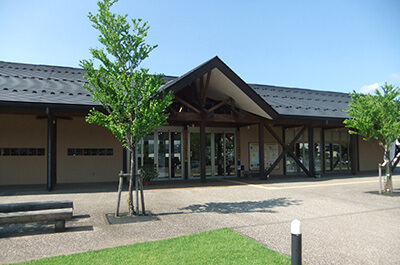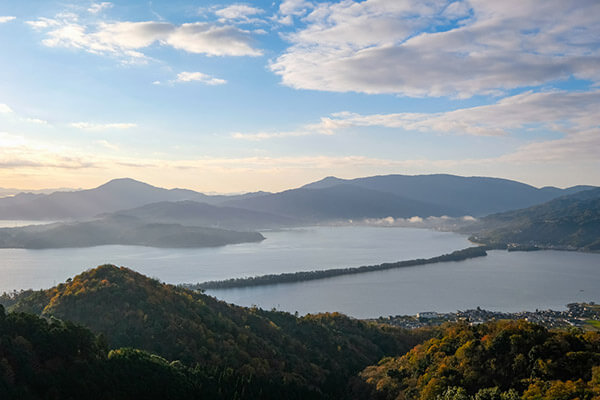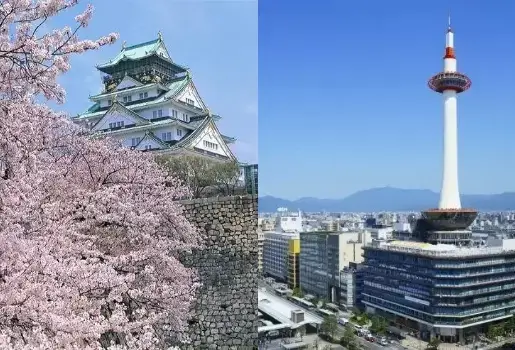STORY

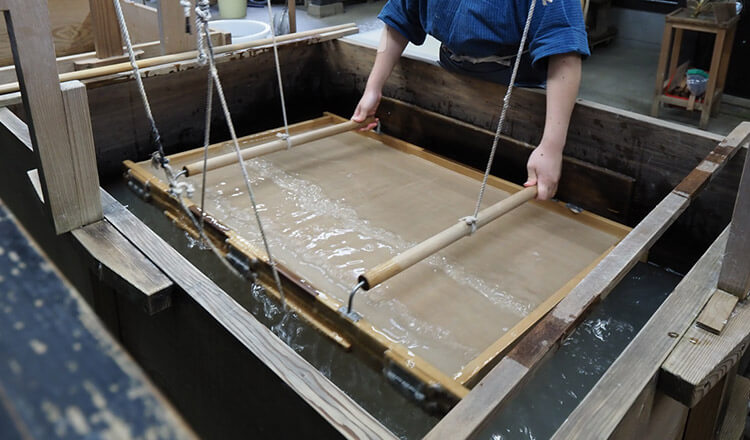
Benefits of war—the part that samurai played in the development of traditional local industries
Over a period of about 150 years from the Onin War in 1467 to the Summer Siege of Osaka in 1615, various levels of commanders led their warriors in a fight for unification of the nation. Along with this increase in the number of fighting men, a growth in new industries and cultures revolving around weapons and tools to support their military lifestyles also emerged.
The area extending from the Tannan region in Fukui, to Shiga and Mie, was especially affected by this due to its location. Towns and cities in this area were the gateways for the introduction of foreign cultures, and also close to the business hubs of Nara and Kyoto. As a result, there was frequent movement of people like soldiers, aristocrats and intellectuals, which resulted in the development of a variety of traditional industries. The next section will highlight three topics connected to this: gunsmiths in Kunitomo, Koka Ninja and medicine, and Shigaraki pottery in Koka, and outline the reasons behind their development and how this was handed down over subsequent generations to the present day.
Kunitomo's gunsmiths' role in national unification
During the late 16th century, the army led by Oda Nobunaga used a large number of guns in its fight for national unification, which was far earlier than those of any other warlord. At the Battle of Nagashino, his army famously defeated the Takeda Clan, which had the strongest cavalry of any army at that time. This victory came about as Nobunaga's forces were equipped with around 300,000 guns, produced by gunsmiths in Kunitomo Village, now located in present-day Nagahama City.
Since ancient times, the village and nearby areas had been producing high-quality iron following the introduction of the necessary technology from the Asian continent. As there was a mountain dedicated to ascetic training nearby, there was a demand for iron for tools used by trainee monks as well as those used by Buddhist statue sculptors, since a number of statues of Kannon (the Goddess of Mercy) were dotted around this area. In 1543, the year following the introduction of firearms from Portugal to Tanegashima Island in Kagoshima Prefecture, production of guns started in Kunitomo by order of the then national leader, Shogun Ashikaga Yoshiharu. Before production was started, guns were dismantled to figure out how they were made, which led to the development of special bolts. Thereafter, an assembly-line was introduced to the process, resulting in successful mass production. Six years later, a first order of 500 guns was placed by Nobunaga, as the firearms technology was far more advanced than that for guns made in Spain and the Netherlands, in terms of accuracy and range.
After the Nobunaga Era had come to an end, gun production in this area continued to develop due to the generous support of subsequent Shoguns like Toyotomi Hideyoshi and Tokugawa Ieyasu, with the number of gunsmiths growing to around 500, in 70 factories, at its peak. The technology was thereafter applied to the production of metal sculptures and fireworks in the Meiji era with the metal working skills and techniques maintained in the Nagahama area up to the present day. However, production also shifted to the making of ornamental accountments for different purposes, such as festival floats and Buddhist altars.
In 1981, a gun study group was formed by the locals, and the Kunitomo Gun Museum was established to introduce the history of guns, and to display actual matchlocks. This was part of the Kunitomo Cultural Village scheme that has been actively promoted by the local citizenry.
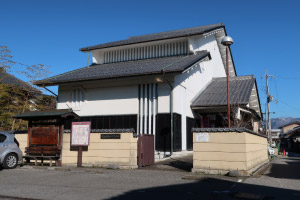
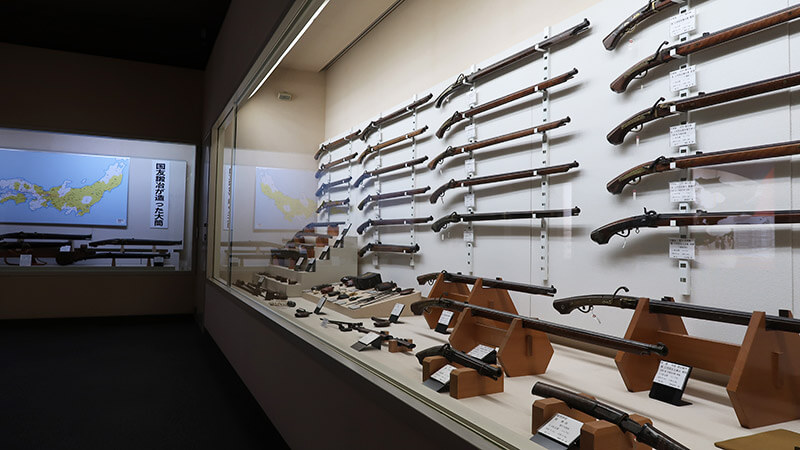
A local medicine business with its origins in the knowledge and techniques of the Yamabushi of Koka
Ninjas were covert mercenaries that worked in groups, specializing in espionage and ambushing, and were very active between the 15th and 17th centuries, from the Sengoku (provincial wars) period to the early Edo era. According to recent research on ninjas, they are known to have created a range of survival items for use during their activities, including emergency meals, poisons, explosives, as well as medicine for the self-treatment of wounds and illnesses.
Koka was one of the main places for yamabushi (mountain ascetic hermits) during Japan's medieval period and up to the early-modern age (12th–19th centuries). As the mountains in this area were home to an abundance of medicinal herbs, yamabushi provided medicine to the local people, as well as medical treatment. Since there were some opportunities available to learn medicine, pharmacy, and herbalism in Kyoto, the capital, people began to procure herbal medicines from China to develop the foundation of medicine manufacturing, and during the early-modern age, monks would often offer complimentary medicine when distributing charms. Those who engaged in training in the mountains with the yamabushis were able to gain valuable knowledge and techniques from medicine to mental concentration, and some of these people became the original ninjas who found their skills were considered indispensable during war time.
In the Edo era, as the demand for ninjas gradually fell away, some of them became yamabushi and started manufacturing and selling medicine themselves. Eventually, by the Meiji era, selling medicine became their main job, and they started the unique "use first, pay later" business model for distributing medicine boxes to households. As a result, this business developed into one of the major industries in Shiga. The Koka Medicine Museum offers detailed information on the history related to medicine in Koka, and there are other ninja-related attractions nearby, such as the remains of a ninja house and a Ninja Village theme park.
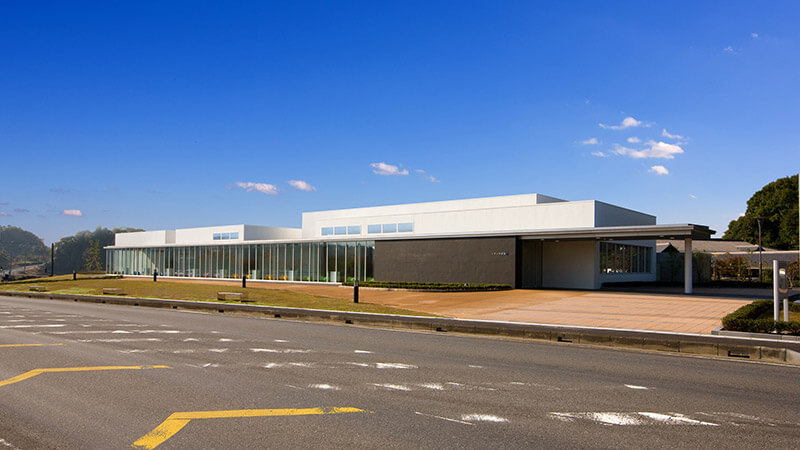
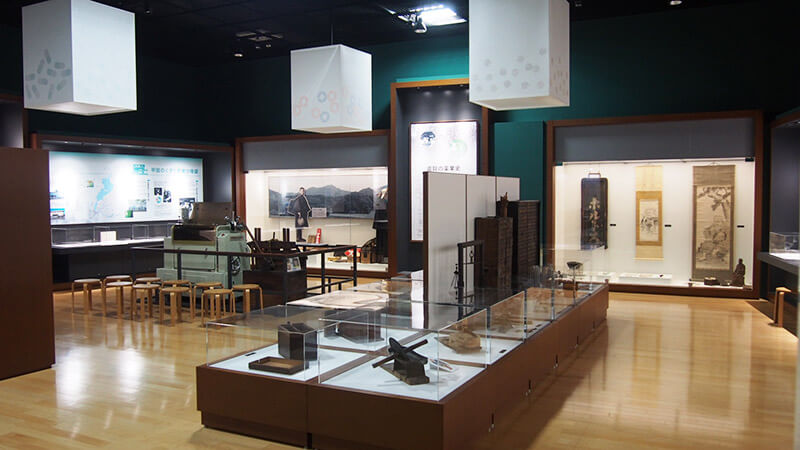
Tea ceremony and Shigaraki ware—a tradition beloved of national rulers
Shigaraki-yaki is a type of pottery that is believed to have been introduced during the late 13th century in the Shigaraki district of the present-day Koka City, Shiga Prefecture. The clay strata found in this region is composed of weathered granite soil, which is suitable for pottery.
During the medieval period, Shigaraki produced daily items, such as pots and jars, before starting production of pottery ware for the tea ceremony from the late 15th century. This is a ceremonial activity that involves the lengthy rituals of grinding tea leaves to powder, boiling water, whisking the powder with hot water, and drinking the tea in a quiet manner. Many warlords that were often engaged in fighting for their lives were very intrigued by this activity and enjoyed it as a way of calming themselves.
Shigaraki ware was prized by tea masters for its natural and rustic beauty created in an anagama (literally "cave kiln") and with a natural glaze produced with the ash from burnt wood. They regarded Shigaraki ware as the ideal representation of the customs of the tea ceremony. In fact, for rulers of the country, a collection of highly-regarded tea cups was considered the ultimate symbol of their status.
At this time, Koka was one of the main hubs of tea production, and the tea produced here was considered of suitable quality to be presented to the Imperial Court. This area also produced Shigaraki ware tea jars, and were used during the annual procession of carrying stocks of tea to Edo Castle for the Shogun's family.
In more recent times, Shigaraki has evolved into an area where traditions and innovations coexist, through the production of various kinds of pottery ware to meet consumer needs, and includes not only tea ware but also tiles, flower pots, and statues. Tanuki racoon statues have become the symbol of Shigaraki, and can be seen everywhere in the area. The museums here offer further information on the region: The Shigaraki Ceramic Cultural Park for the history and actual ceramic works of Shigaraki.
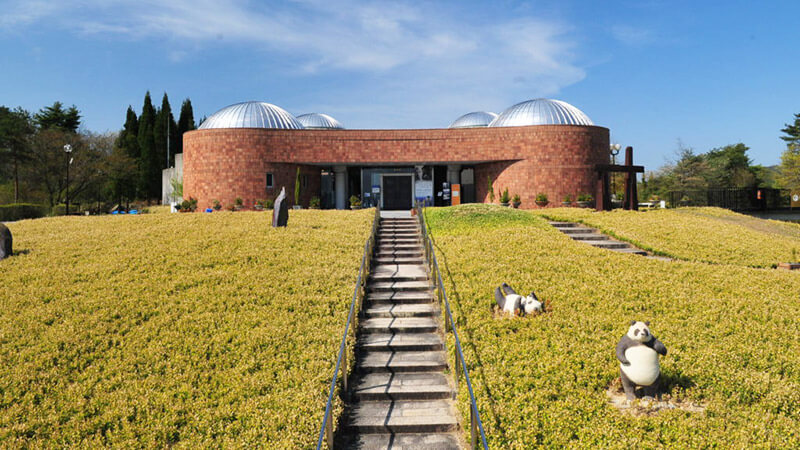
These examples of the development of local industries are strongly related to warfare and battles, and it is true that all conflicts in all eras played some part in the development of certain industries and cultures. In addition to the examples given of Omi (present-day Shiga Prefecture) mentioned above, it is important to note that in Takefu and Sabae Cities in Fukui Prefecture, location of the former provincial capital of Echizen, there are also current local industries that were developed through times of conflict. This area produces paper, lacquer ware, cutlery, and pottery ware, which bear well- known names, including Echizen.
